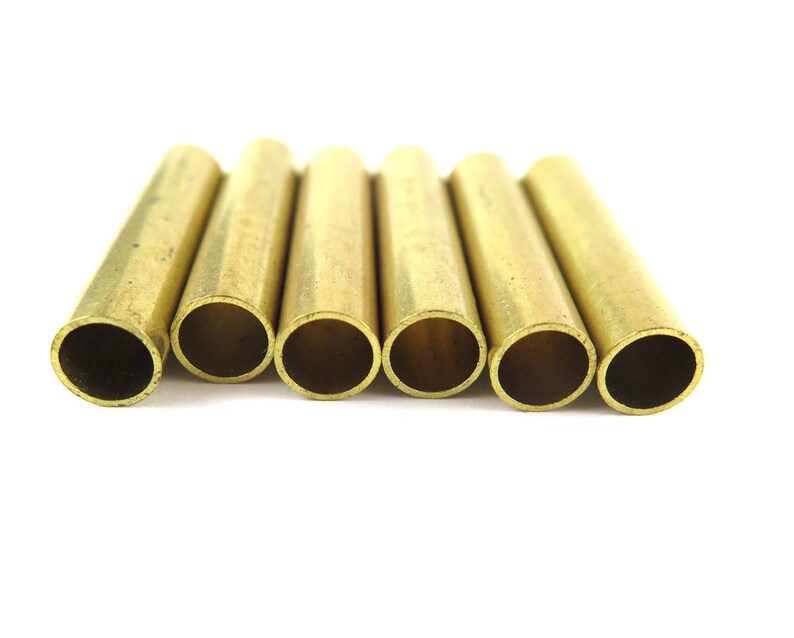The production process of copper foil typically involves several steps:
1. Mining and crushing of copper ore to obtain copper concentrate.
2. Smelting of copper concentrate to produce copper matte, which is a mixture of copper and iron sulfides.
3. Converting of copper matte to blister copper, which is a higher purity form of copper.
4. Refining of blister copper to produce 99.99% pure copper.
5. Rolling of copper to reduce its thickness and produce copper foil, which is typically between 6 and 30 microns thick.
6. Annealing of copper foil to improve its flexibility and workability.
7. Inspection and quality control to ensure the copper foil meets the necessary specifications.
8. Packaging and shipment to customers.
Production method of copper foil:
1. Start with high-purity copper cathode, which is 99.99% pure.
2. The copper cathode is cleaned, pickled, and then coated with a lubricant to prevent sticking during the rolling process.
3. The copper cathode is then passed through a series of rolling mills to reduce its thickness and produce copper foil with the desired thickness.
4. The copper foil is annealed, or heated to a high temperature and then cooled, to improve its flexibility and workability.
5. The copper foil is then inspected and tested for quality to ensure it meets the necessary specifications.
The following will introduce the electrodeposition production process of copper foil.
Electrodeposition is a process used to produce copper foil by electroplating copper onto a substrate such as a roll of aluminum foil.
The process typically involves several steps:
1. The substrate, typically aluminum foil, is cleaned and prepared to ensure good adhesion of the copper.
2. The substrate is then placed in a bath containing a solution of copper ions, typically copper sulfate.
3. An electric current is passed through the solution, which causes the copper ions to be deposited onto the substrate.
4. The deposit of copper is built up until the desired thickness is achieved.
5. The substrate is removed from the bath, and the copper deposit is rolled to the desired thickness.
6. The copper foil is then inspected and tested for quality to ensure it meets the necessary specifications.
7. The copper foil is then packaged and shipped to customers.
8. The electrodeposition process allows for the production of copper foil with high uniformity and thickness, and also allows for the production of copper foil with a very high surface area to volume ratio. This method is widely used in the production of flexible printed circuit (FPC) and other electronic and electrical applications.
Copper foil is used in a variety of applications, including:
1. Printed circuit boards (PCBs): Copper foil is used as the conductive layer in PCBs, which are used in electronic devices such as computers, smartphones, and televisions.
2. Flexible printed circuits (FPCs): Copper foil is used as the conductive layer in FPCs, which are used in applications such as displays, touch screens, and sensors.
3. EMI/RFI shielding: Copper foil is used to shield electronic devices from electromagnetic interference (EMI) and radio frequency interference (RFI) to improve their performance and reliability.
4. Battery and energy storage: Copper foil is used as the current collector in batteries and energy storage devices.
5. Automotive: Copper foil is used in automotive applications such as electric vehicles (EVs) and hybrid electric vehicles (HEVs).
6. Building and construction: Copper foil is used in building and construction applications such as roofing, flashing, and gutter systems.
7. Decorative and arts: Copper foil is used in decorative and arts applications such as stained glass, enameling and gilding.
 Is admiralty brass copper nickel?
Is admiralty brass copper nickel?
 Nitinol Wire/Shape Memory Alloy: An Innovative Journey of Wonders
Nitinol Wire/Shape Memory Alloy: An Innovative Journey of Wonders
 What are the disadvantages of nitinol?
What are the disadvantages of nitinol?